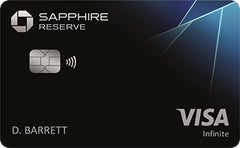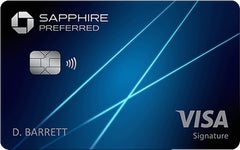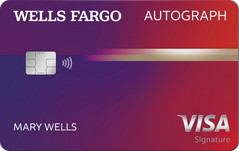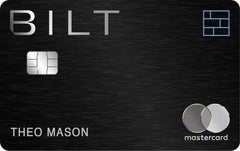The U.S. Bank Altitude Go provides a number of appealing features, including low fees (no annual fee and no foreign transaction fee), a high rewards rate on food-related spending, flexible redemption options, and solid cardholder perks that are useful for travel.
Rates and fees: No annual fee and a decent intro APR period
One of the biggest attractions of the U.S. Bank Altitude Go card is the ability to earn rewards without an annual fee. But that’s not where the savings end — the card also offers an introductory APR on new purchases and balance transfers and comes with no fees for common travel-related spending.
Rewards: Has a high rate on dining and unique streaming service category
Perhaps the best benefit of the U.S. Bank Altitude Go card is its rewards rate, which is one of the best benefits among cards with no annual fee.
The biggest rewards category is dining. This includes eating in at restaurants or bars, ordering takeout from your favorite places or getting food delivered to you. You can earn 4 points per $1 spent on most dining or food delivery purchases. Your options aren’t limited to just sit-down locations. The bonus is applied to anywhere classified as a restaurant, fast-food restaurant or bar. Compared to other cards, the 4 points per $1 spent on bonus categories make the Altitude Go one of the best credit cards for restaurants and dining out.
In addition, you could earn 2 points per $1 spent in four everyday categories: Grocery stores, grocery delivery, streaming services, gas stations and EV charging stations. While these bonus categories are popular among rewards credit cards, the streaming service category makes the U.S. Bank Altitude Go card unique.
Along with the boosted rewards rate for streaming services, you could earn a $15 credit annually after 11 consecutive months of purchases on up to 23 different services, including Apple TV+, AT&T TV Now, Disney+, Hulu and Netflix. Considering the average household subscribes to nearly nine streaming services, using this card just for streaming could net over 700 points per year (assuming a $350 annual spend on streaming services). Combine this with the $15 credit, which is essentially a free month for one of your services, and this makes it possibly one of the best cards for streaming services.
Redemption: Flexible with no limitations
Points can be exchanged for merchandise, gift cards, rewards debit cards or redeemed for discounted travel. This makes the U.S. Bank Altitude Go more of a cash back credit card with travel perks and less of a travel rewards card.
Despite the multiple options that offer a one-to-one exchange rate, your best redemption option might be travel. Points can be used to book airfare with multiple major airlines, rooms at thousands of hotels, along with rental cars, cruises or activities categorized as travel. Additionally, because you are booking through the rewards portal, you could still earn points or qualifying nights towards elite status or rewards travel.
Even if you don’t have enough points for a reward, you can still use them to discount your next trip. U.S. Bank allows cardholders to shop with points and cash in the rewards portal, enabling you to reduce the cost of travel purchases and make up the rest with cash. There is also no limit on the number of points you can use, giving you the flexibility to use as little or as many points as you’d like to.
You can redeem your points immediately after making a purchase using your U.S. Bank Altitude Go card. With Real-Time Rewards, you can get notified on your mobile device when you have enough points to cover your spending. Simply reply with a confirmation and your points will be immediately applied to that purchase.
Cardholder perks: A simple lineup of beneficial travel-based incentives
While other travel cards make a point to tout their benefits, the U.S. Bank Altitude Go card is relatively simple. Instead of offering airport lounge access or elite benefits when booking hotels, most of the cardholder perks come from Visa Signature. The benefits include car rental discounts, luxury experiences and travel insurance benefits.









